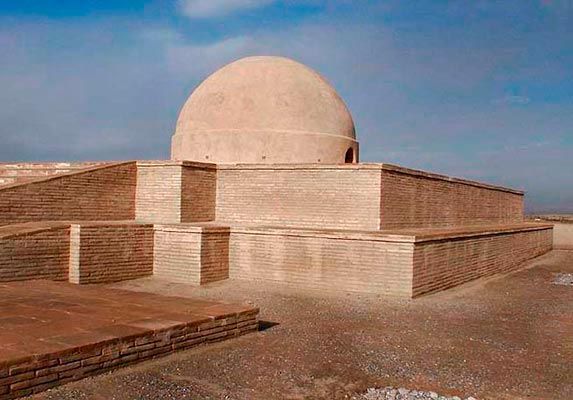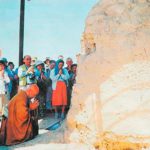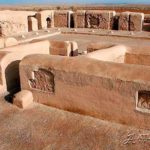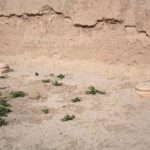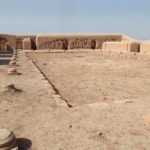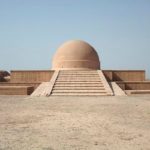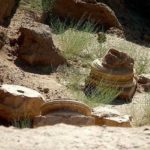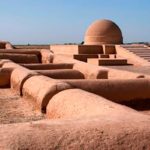The Central Asian region has always been famous for the great variety of different trade routes used by Eastern and Western merchants, however, not much is known about other features of this part of the world. There are many facts proving that here peacefully existed side by side various religious movements, such as Buddhism, Zoroastrianism and Manichaeism. Unfortunately, not all places of worship of these beliefs survived. Today, you can visit only a few Buddhist complexes:
- Kara-Tepa;
- Fayaz-Tepa;
- Ayrtom.
The cult complex Fayaz Tepa has been discovered only recently. In mid-1963s, when an archaeological expedition was studying a small Buddhist temple on the Mount Kara-Tepa, scientists discovered the ruins of Fayaz-Tepa. Initial research showed that the discovered places of worship were well preserved till our time:
The history of the study of the complex
- Multiple samples of dishes;
- The complex has many corridors of a “U-shaped” form;
- A large number of religious statues;
- Inside many religious and residential buildings were found;
- A Buddhist stupa was discovered;
- Examples of painting which are easily read;
- The remaining elements of the interior decoration and so on.
The architectural and artistic features of the complex
Detailed studies helped to establish that the entire complex was divided into three separate parts:
- The first one was fully allotted to the premises of the economic purpose and numerous residential buildings;
- The second was used for cooking and eating;
- In the third room sacred rituals were held.
Archaeologists say that Fayaz Tepa is of great interest to researchers. Firstly, here numerous examples of Buddhist painting and drawing are concentrated. Secondly, it is not always possible to find such a well-preserved monument with lots of artifacts.
A detailed study of the internal decoration of worship helped make a number of important conclusions. For example, the walls of the room were decorated with sacred images of multiple natural scenes. On one of the walls there were found well-preserved to this day two images of Buddha. Historians suggest that these drawings of Buddha belong to the first century of the modern era. This means that they are one of the oldest extant images of the Buddha.
Architectural and art features of the complex
Numerous sculptures found inside the complex have given a lot of useful information to the historians and archeologists. One of them is a large sculpture of the Buddha, sitting under the Bodhi tree with monks on both sides of him. Such an unusual sculpture was professionally embedded in the arch, which was based on Corinthian columns. The gilded sculpture itself was made from solid limestone. Today all visitors of the Historical Museum of Uzbekistan have the opportunity to admire this sculpture. In the vicinity of the temple complex scientists managed to find a huge stupa whose height exceeded almost ten meters. Inside a large stupa they managed to find a smaller one- three meters in height. It is estimated that the stupa was built in the first century AD.
In the third century BC Fayaz Tepa was attacked by Sasanian invaders. As a result of a fierce battle many monuments were completely destroyed. Scientists managed to partially restore the destroyed buildings. Today, restoration and archaeological work is actively underway.








